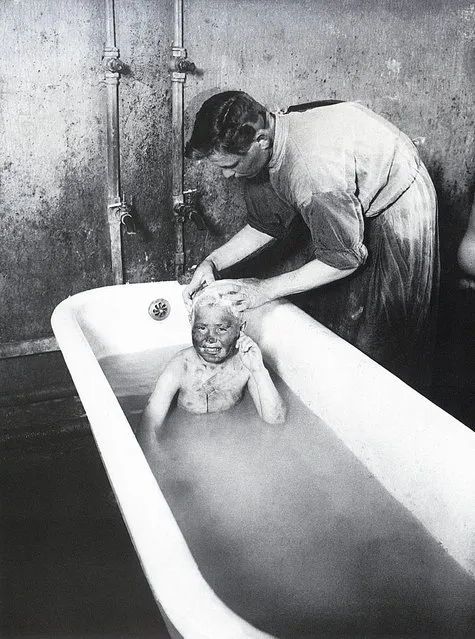
Bathing Homeless, 1927. Born into rural poverty in 1898, Arkady Shaikhet was just 19 years old when the Russian Revolution shook the world. After serving in the war, he honed his technique of ‘artistic reportage’ to document the building of the USSR, and founded the magazine Soviet Photo in 1927. (Photo by Arkady Shaikhet/Lumiere Brothers Center for Photography)
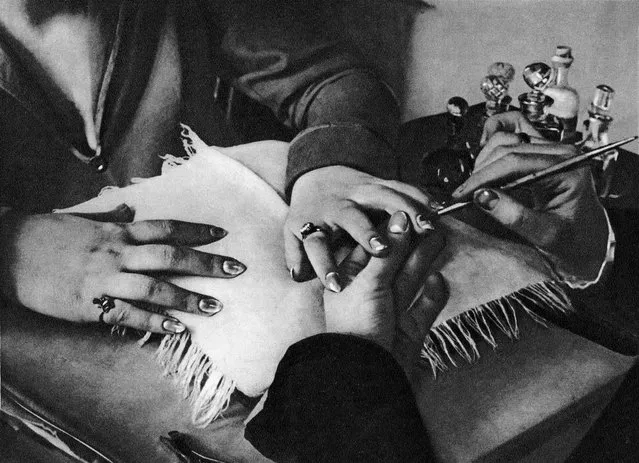
The Hands of a Manicurist, 1929. In the years after the founding of Soviet Photo – subtitled Photo-Reporting and Amateur Photography – many artists focused on developing a photographic series, such as this one on hands by Arkady Shaikhet. (Photo by Arkady Shaikhet/Lumiere Brothers Center for Photography)
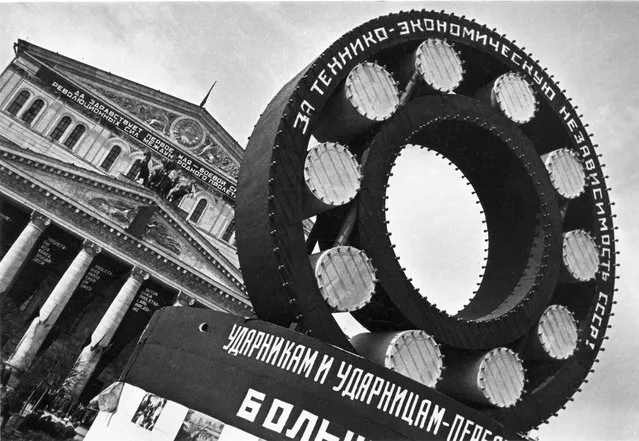
Technology Decides Everything, 1930s. Diagonal shots and bold cropping are some of the characteristic techniques used by the infamous left-wing photography collective, October. Their motto was ‘new times demand new forms’. (Photo by October/Lumiere Brothers Center for Photography)
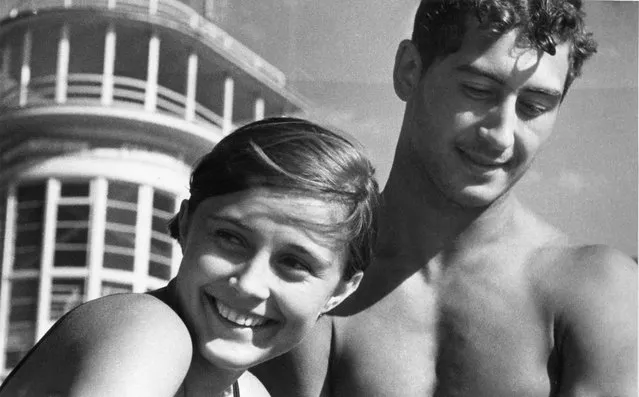
Youth, 1937. This photo by Boris Ignatovich shows how later photographers shifted towards socialist realism, which stipulated images had do more than just depict reality – they had to show the communist ideal. (Photo by Boris Ignatovich/Lumiere Brothers Center for Photography)
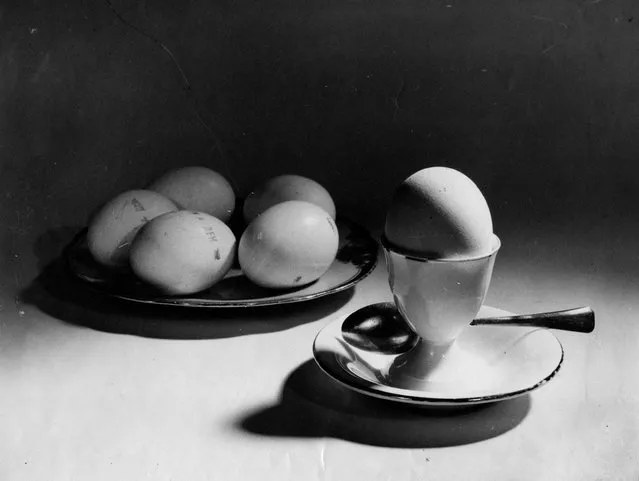
Dietary Eggs, 1939. Alexander Khlebnikov founded the Innovator Photography Club and was a pioneer of still life photography. This image of a plate of eggs is one of a number he took throughout the 1930s of household objects – from fabric to pumpkin seeds to milk bottles. (Photo by Alexander Khlebnikov/Lumiere Brothers Center for Photography)
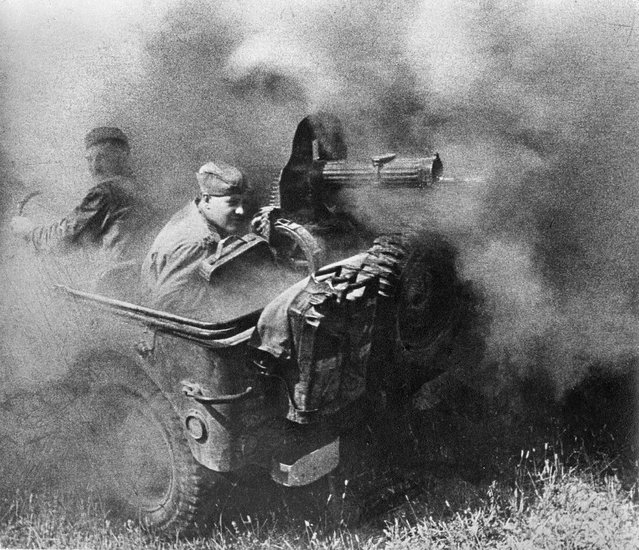
The Enemy, 1944. With the outbreak of world war two, photojournalism was enlisted in defence of Mother Russia. In this photo by Anatoli Egorov, who was wounded in action, corporal Stepan Vasiljevich Ovcharenko shoots at enemy troops with a machine gun. (Photo by Anatoli Egorov/Lumiere Brothers Center for Photography)
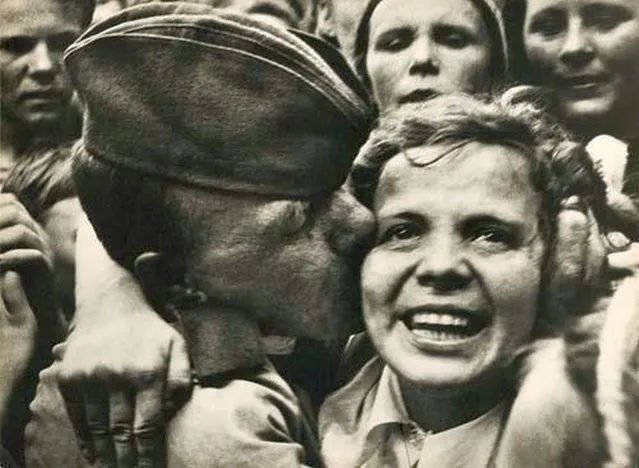
Meet the Winners, 1945. A master of Soviet photography and colleague of leading painter Alexander Rodchenko and pioneering filmmaker Sergei Eisenstein, George Petrusov captured the elation of the crowd at the end of the second world war. Rodchenko said of Petrusov: ‘He’s like a sponge that absorbs everything about photography’. (Photo by George Petrusov/Lumiere Brothers Center for Photography)
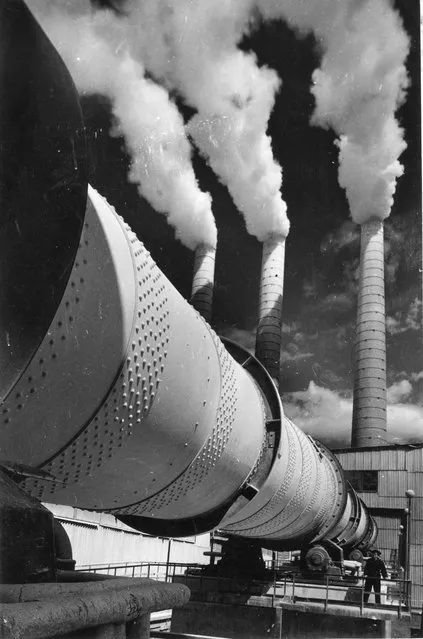
Concrete Factory, 1954. After serving in the second world war, Vsevolod Tarasevich went back to photography, working for Sovyetsky Soyuz, Ogonyok and Rabotnitsa magazines, as well as Soviet Photo. Much of his work is concerned with the virtues and achievements of science and technology. (Photo by Vsevolod Tarasevich/Lumiere Brothers Center for Photography)
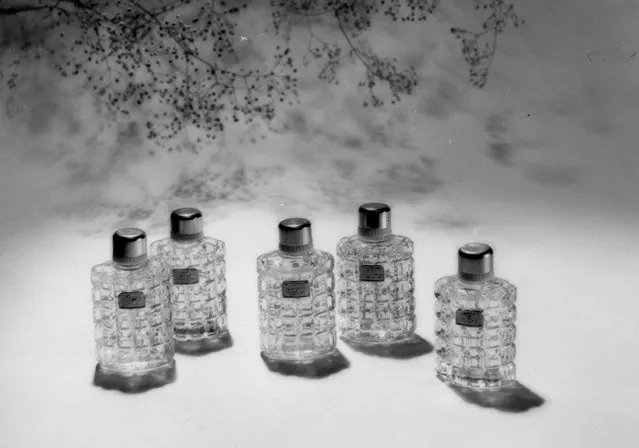
Perfume No8, 1958. This picture, the eighth in a series on perfume, shows Alexander Khlebnikov’s move into fashion and advertising photography in the 1950s. (Photo by Soviet Photo/Lumiere Brothers Center for Photography)
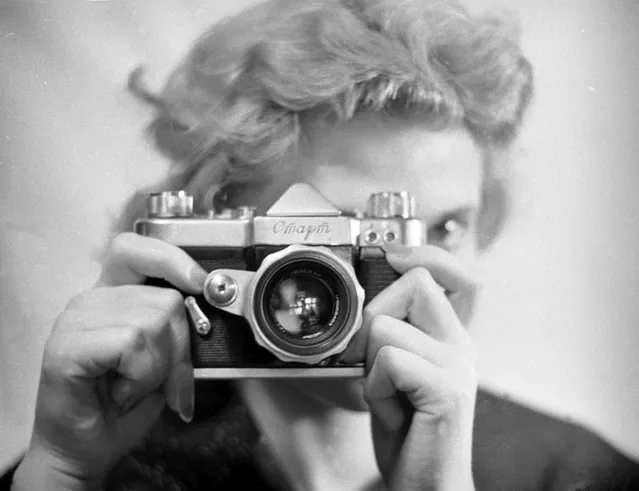
Start, 1959. Taken from an article about the production of a new camera model – the Start – by Vladimir Stepanov. (Photo by Vladimir Stepanov/Lumiere Brothers Center for Photography)
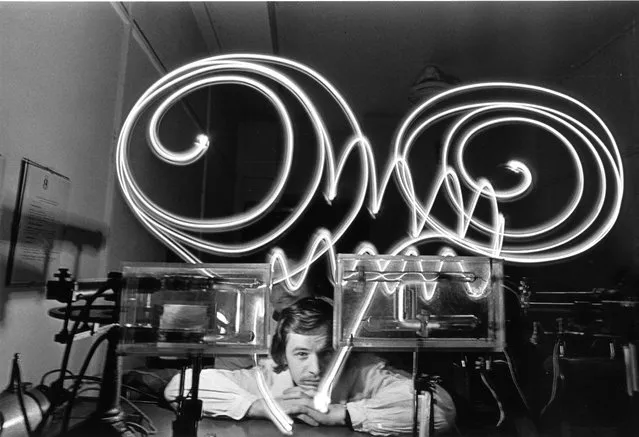
In the Physics Lab, 1960. Anatoly Khrupov was another photographer of the ‘physicist-lyricists’ behind the achievements of Soviet science. Here, he photographs a technician at work in the lab of Vilnius University in Lithuania. (Photo by Anatoly Khrupov/Lumiere Brothers Center for Photography)

The Twelfth Symphony, 1961. This portrait of the renowned composer Dmitry Shostakovich represents a shift in Soviet poraiture: instead of a posed picture, photographer Vsevolod Tarasevich found out where the composer rested between performances, and shot a candid image in secret. (Photo by Vsevolod Tarasevich/Lumiere Brothers Center for Photography)
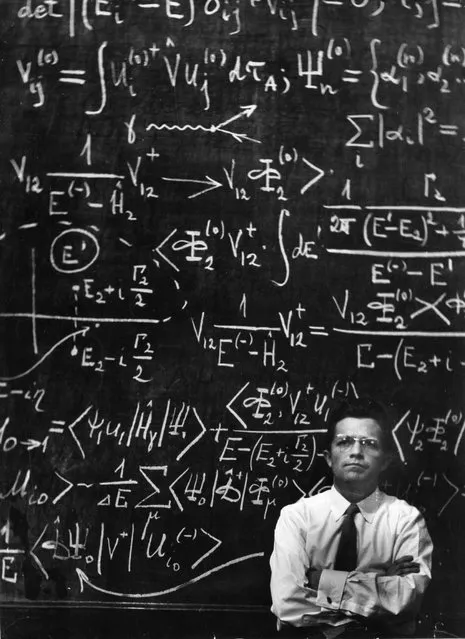
The Duel, 1963. The political thaw of the 1960s brought with it a new energy in photography, as this image, from the series ‘Moscow State University’, by Vsevolod Tarasevich shows. (Photo by Vsevolod Tarasevich/Lumiere Brothers Center for Photography)
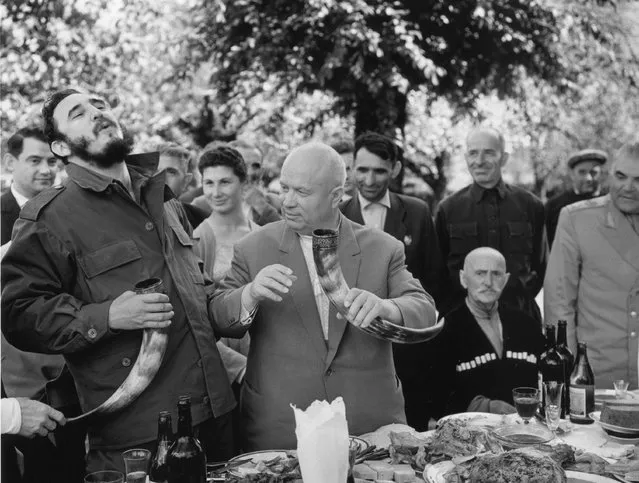
Khrushchev and Castro have lunch at a kolkhoz in Georgia, 1963. Over 38 days, Cuba’s Fidel Castro travelled all over the USSR – the only state leader to do so. It was widely publicised in the Soviet press, and this image of the two enjoying lunch was taken by Vasily Egorov. (Photo by Vasily Egorov/Lumiere Brothers Center for Photography)
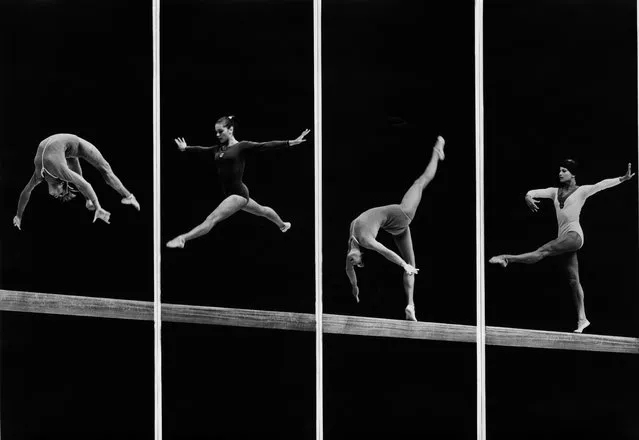
University gymnastics, Moscow, 1973. Experimenting with form and abstraction, this collage of four different photos taken by Alexander Abaza turns a gymnastics routine into an alphabet of gestures. (Photo by Alexander Abaza/Lumiere Brothers Center for Photography)
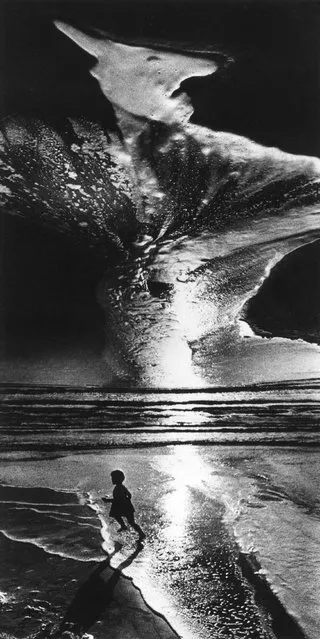
Tales of the Sea, 1976. Lithuanian photographer Vitaly Butyrin draws on a rich Soviet history with his often surreal photo-montages. This is taken from a series called ‘Tales of the Sea’. (Photo by Vitaly Butyrin/Lumiere Brothers Center for Photography)
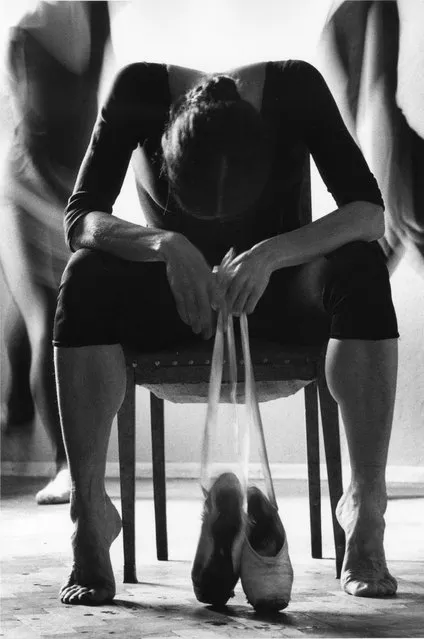
Behind the scenes at the Bolshoi Theatre, 1983. Taken from a series which won Vladimir Vytkin his first World Press Photo award nomination, the photograph came during a time when Vytkin was deeply critical of what he said were ‘uneventful’ trends in Soviet photography. (Photo by Vladimir Vytkin/Lumiere Brothers Center for Photography)
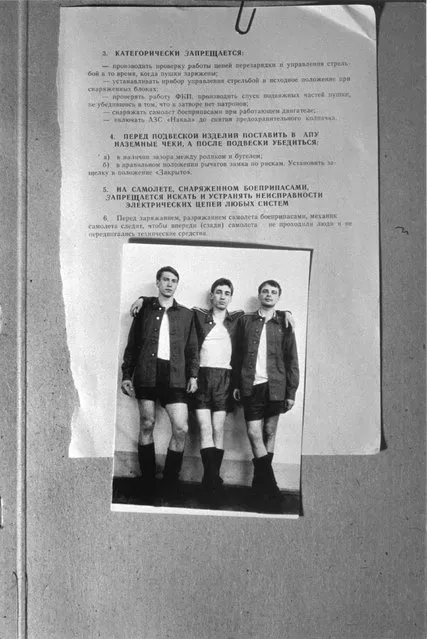
Army Diary Page, 1989. Born in 1963, the early years of Vadim Gushchin’s career coincided with the economic and political reform years of glasnost and perestroika under Mikhail Gorbachev. His later work veered towards minimalism and still life, but in 1989 he released a series of mixed-media images called Army Diary Pages. (Photo by Vadim Gushchin/Lumiere Brothers Center for Photography)
18 Nov 2015 08:02:00,
post received
0 comments
